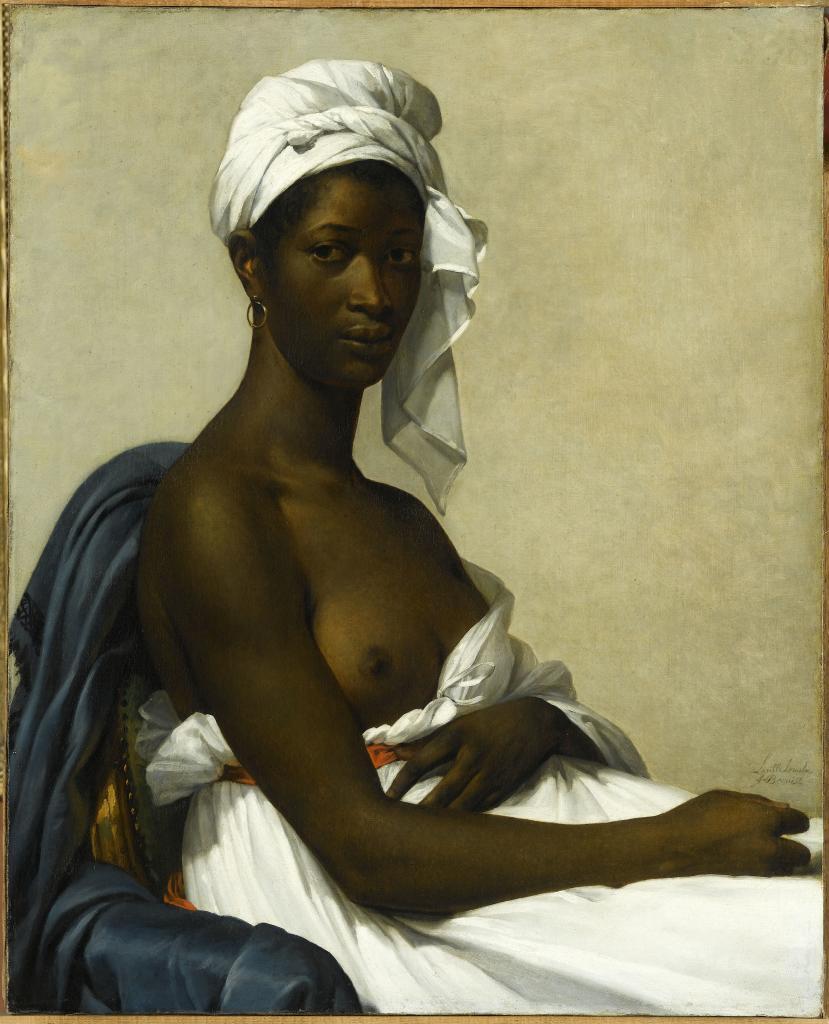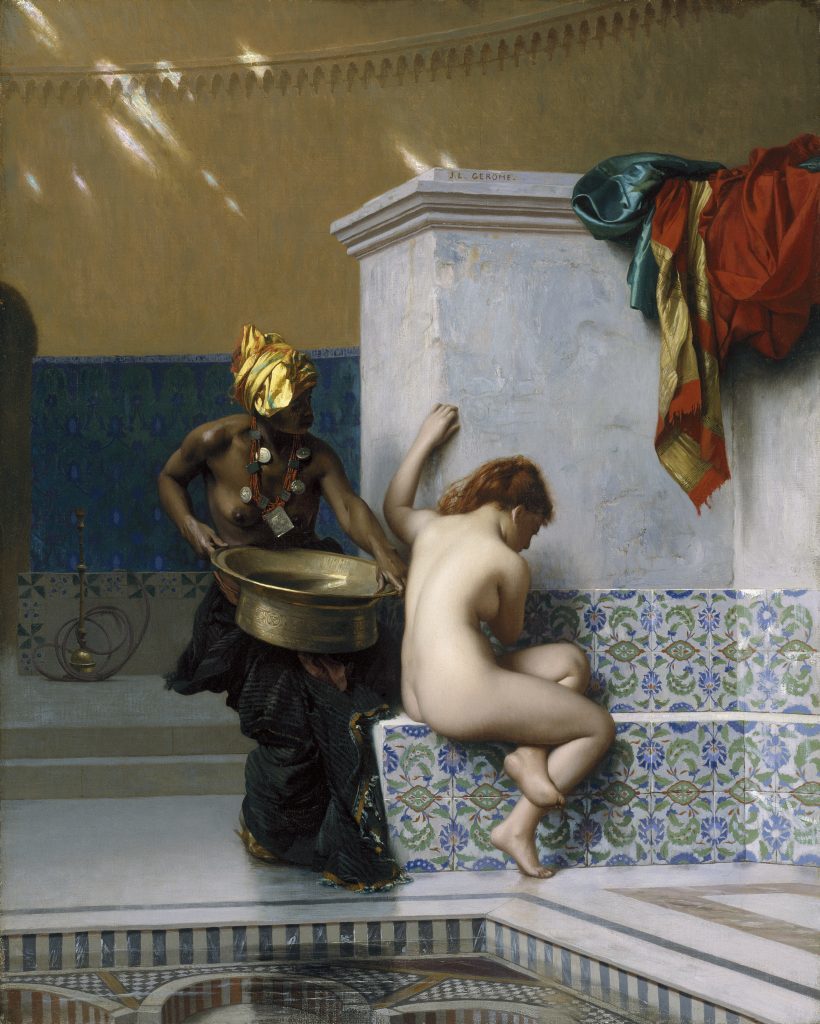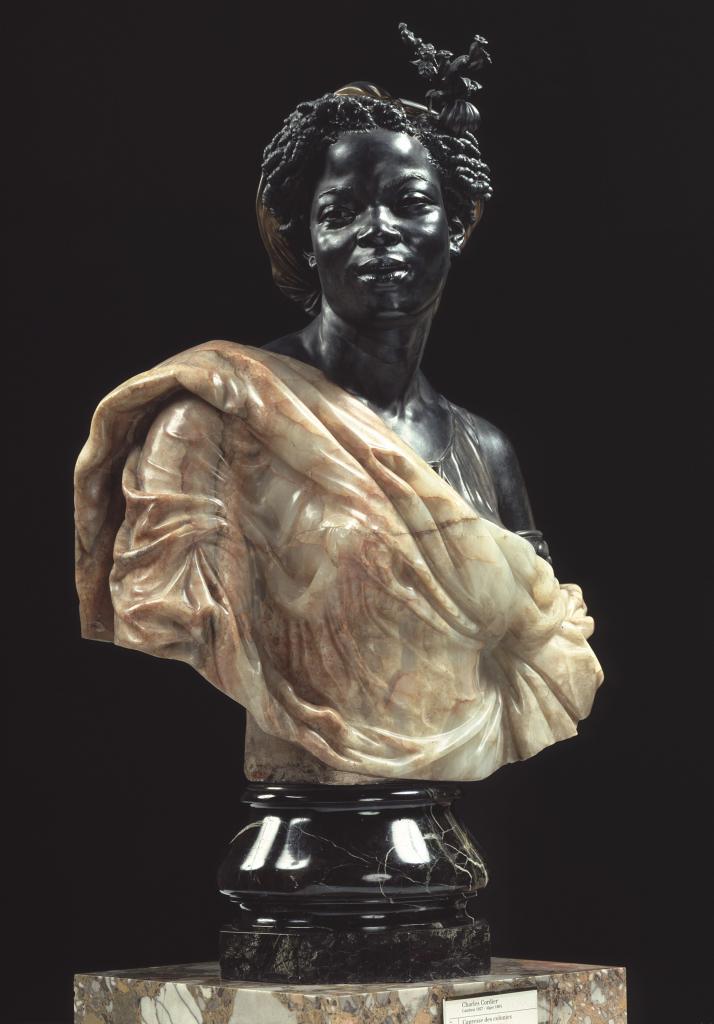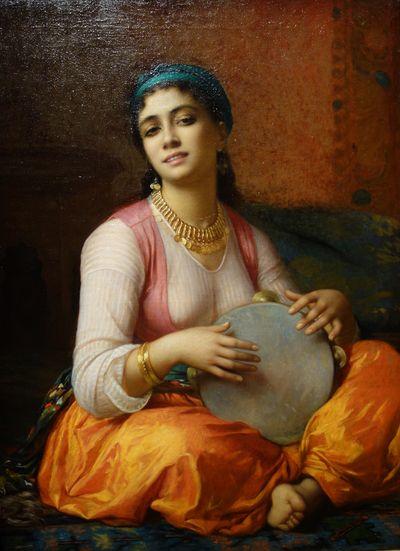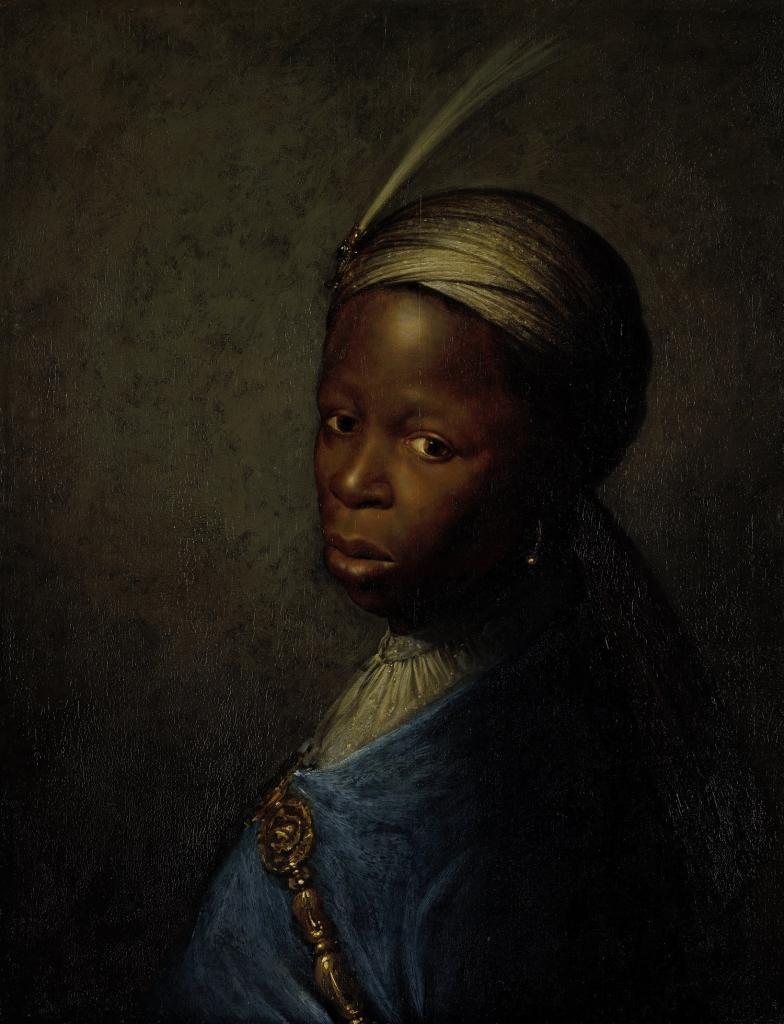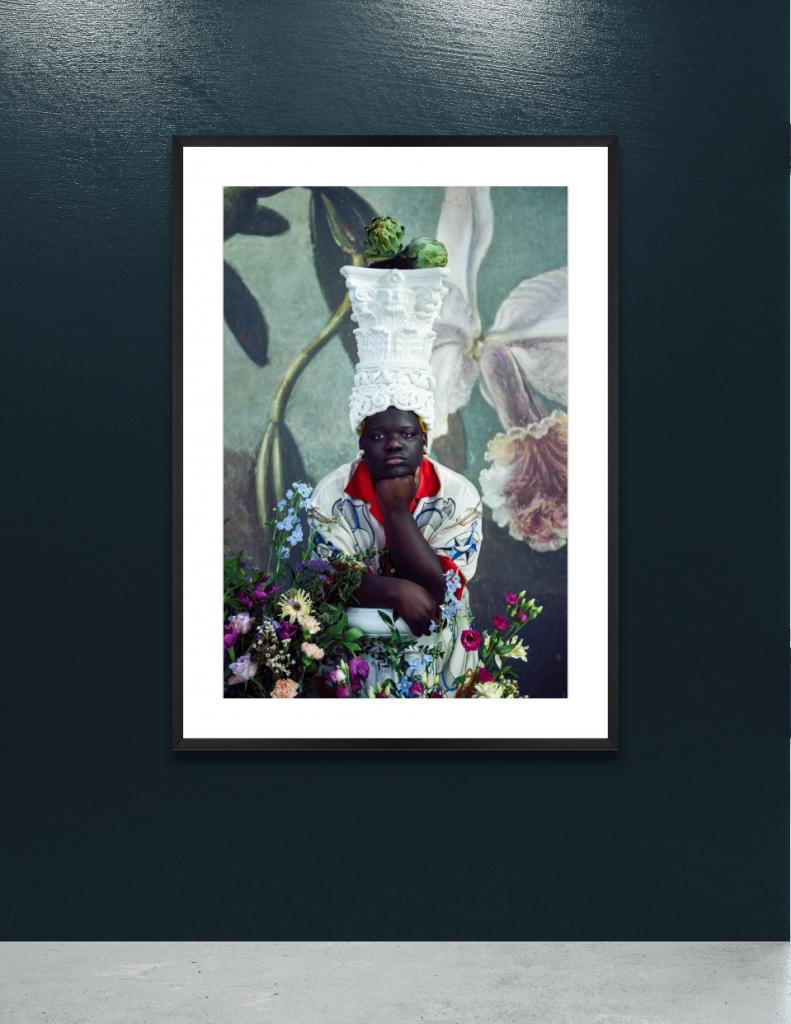Black models From Géricault to Matisse
26/03/2019 - 21/07/2019Who are they, who are these forgotten actors of the great story of the avant-garde?
In about thirty years, “the representation of Blacks” has become a very active historical object on both sides of the Atlantic, and the number of works related to “black studies” has increased. A first name or a nickname, has long been enough, at best, to designate them… They aim, to a significant extent, to show how the world of images was part of the historical process defined by the establishment of the slave trade, the gradual emergence from slavery and finally the slow affirmation of a black identity.Gradually, however, workshop models will move out of their precarious status and become women and men in their own right.
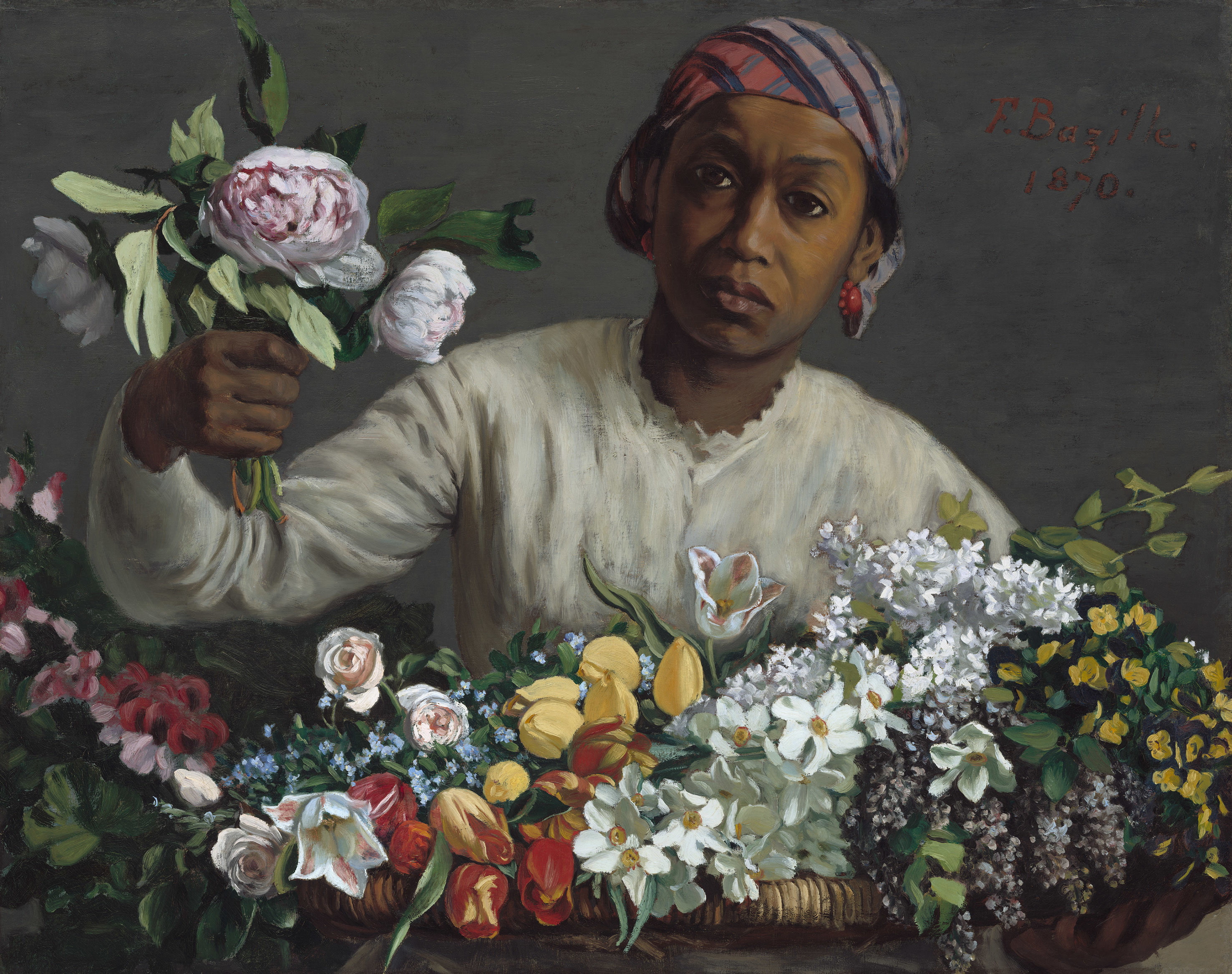
No exhibition to date has attempted to explore this phenomenon of centuries-old civilization through the abundant iconography, all media combined, that it has generated…
Even if we stick to the period that saw the French Revolution at the beginning of the 20th century, The Black Model, from Géricault to Matisse, aims to demonstrate how the imagery of individuals of colour has been constructed, deconstructed and reconstructed over the years. Co-organized with the Wallach Art Gallery in New York, the Musée d’Orsay exhibition therefore focuses on the changes that affected the way black subjects were represented, which played a founding role in the development of modern art.
The subject is based on the most revealing works of Girodet, Marie-Guillemine Benoist, Géricault, Delacroix, Cordier, Carpeaux, Manet, Bazille, Gauguin, Cézanne, Matisse (before and after her visits to Harlem in 1930), integrates photography (Nadar, Carjat.), and particularly highlights the work of black artists, Harlem Renaissance (Charles Alston, William H. Johnson…) and post-war generations, Romare Bearden, Ellen Gallagher and Aimé Mpane to this day.
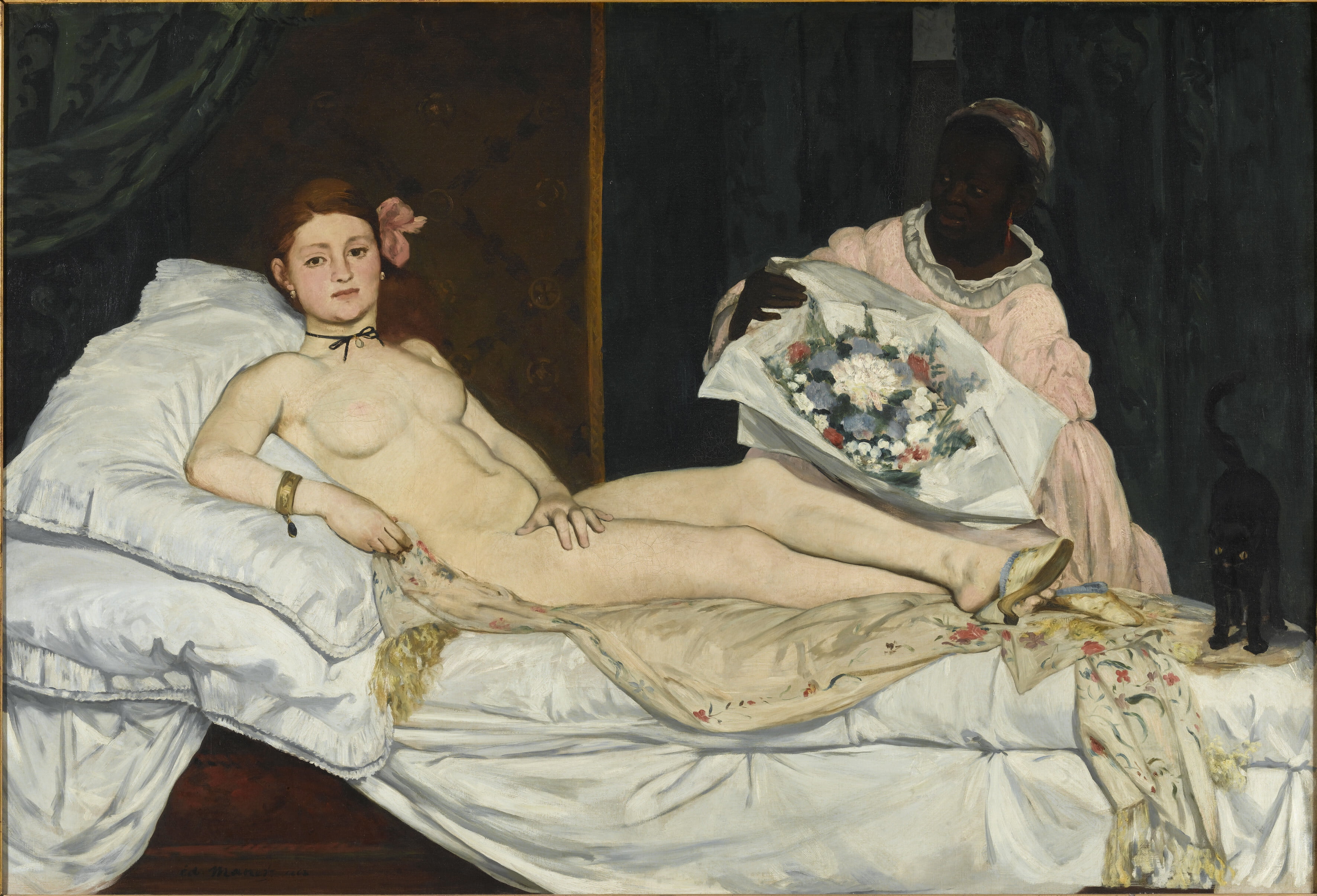
© Musée d’Orsay, Dist. RMN-Grand Palais / Patrice Schmidt
Priority is given to dialogue between the artist who paints, sculpts, engraves or photographs and his model
By adopting a multidisciplinary approach, between art history, history of ideas and anthropology, this exhibition explores aesthetic, political, social and racial issues, as well as the imagination inherent in the representation of black figures in the visual arts. The exhibition, without breaking a narrative, focuses on three main moments: the time of abolition (1794-1848), the time of the New Painting (Manet, Bazille, Degas, Cézanne), the time of the first avant-garde of the 20th century.
A particular development is reserved for Olympia and its avatars, as well as Matisse’s discovery of the Renaissance Harlem and his fascination for creolity, echoing Baudelaire’s Fleurs du mal, a book he illustrated during the German occupation. Women and men of colour, many of them have crossed paths with artists, painters, sculptors and photographers, of whom we are the direct heirs.
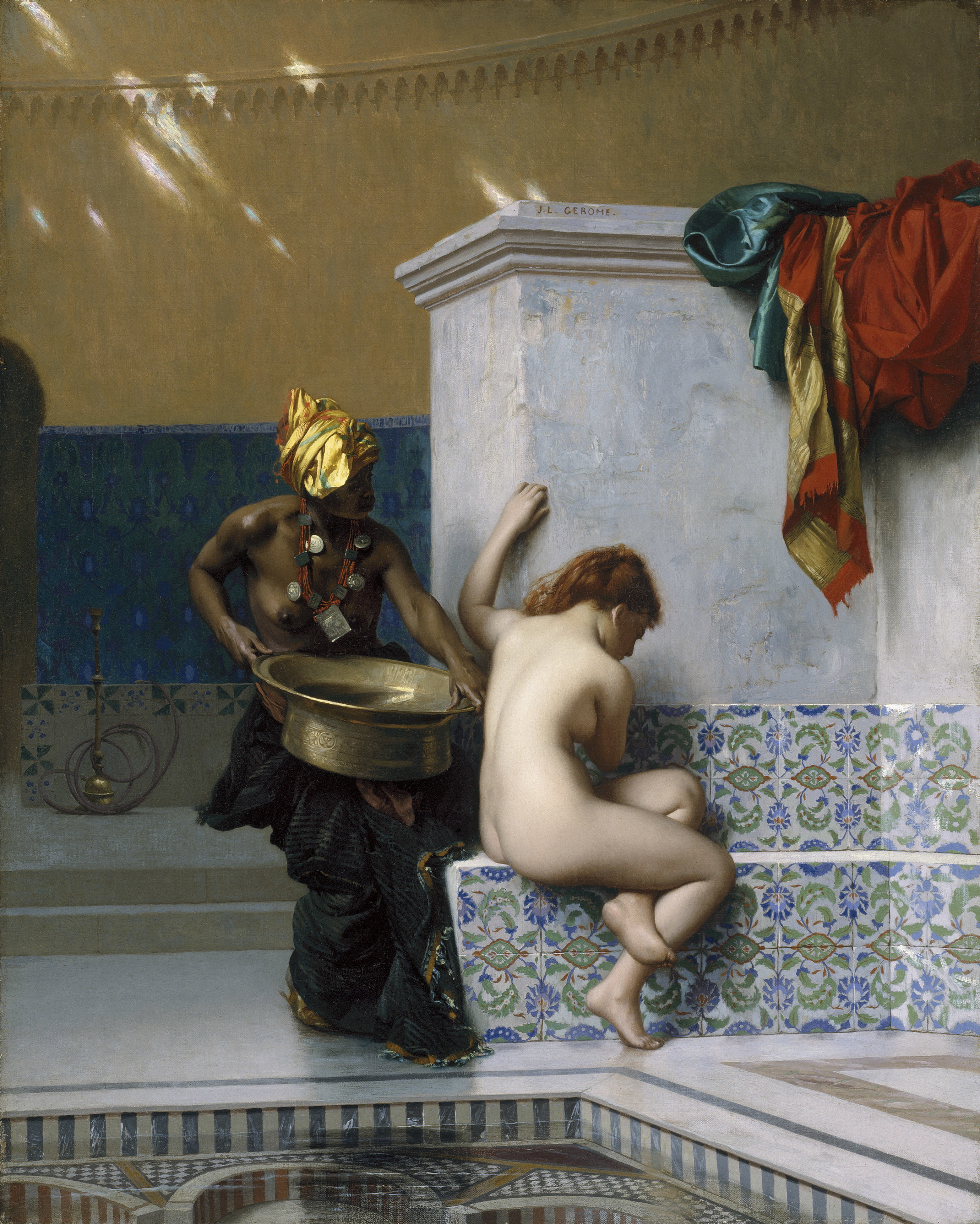
From ignorance to recognition, no other exhibition has ever retraced this long process and attempted to describe a dialogue that is now central to the life of the arts. Discover without delay, this exceptional exhibition of the Musée d’Orsay in the city of Paris (France) visible until July 21, 2019.
_____________________________

